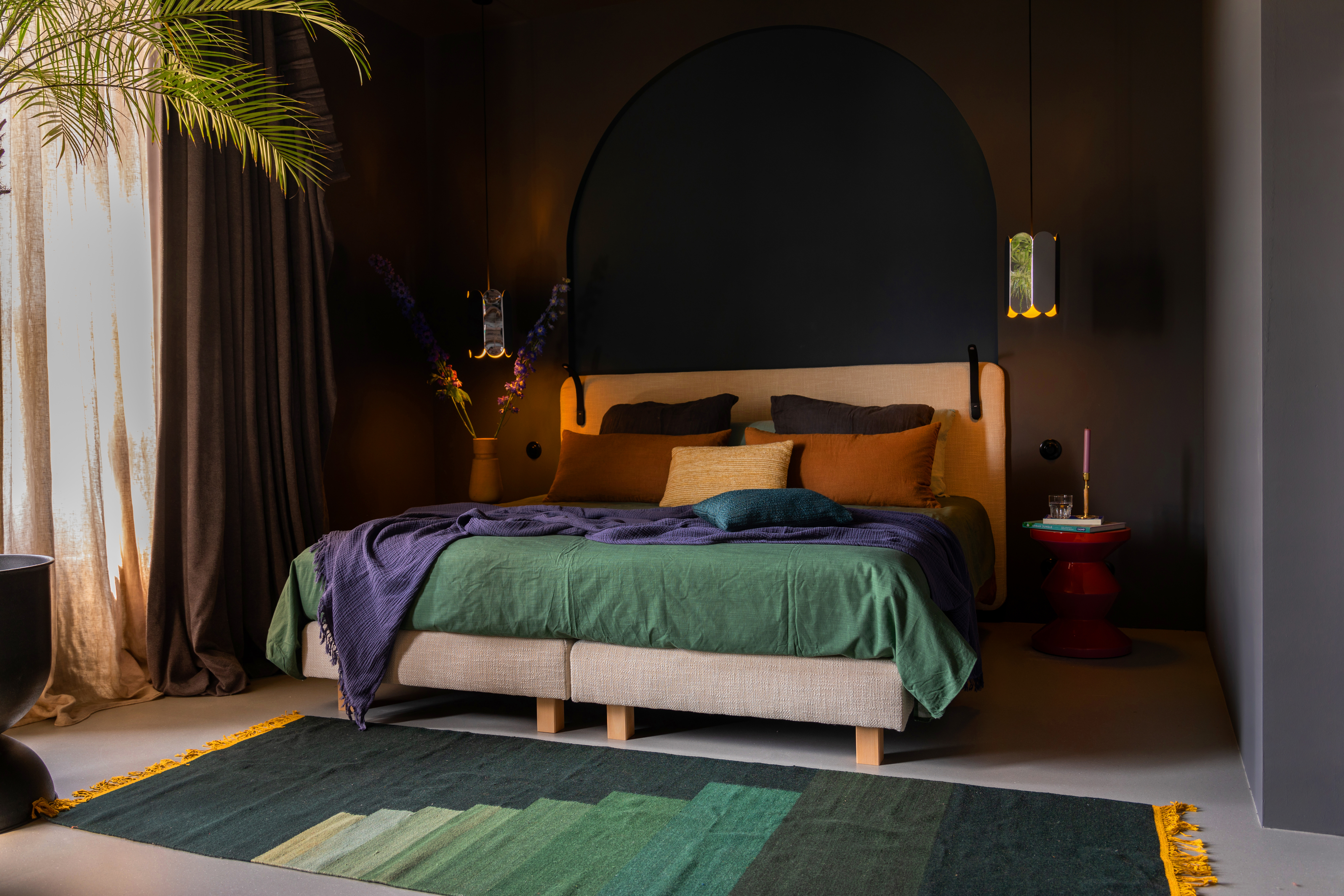The role of technology in sleep: friend or foe?
In our modern world, saturated with technology, it is hard to find an aspect of life that hasn't been influenced by technological advancements. From communication and work to entertainment and health, technology has undeniably transformed our lives. But what is the role of technology in our sleep? Is it a friend that optimizes our rest, or an enemy that disrupts our sleep?

Technology as a Friend
Smart Mattresses and Box Springs
Innovations in sleep technology, such as smart mattresses and box springs, promise to revolutionize our sleep habits. These mattresses are equipped with sensors that monitor sleep quality, body temperature, heart rate, and breathing. With this data, users can gain insights into their sleep patterns and make adjustments to improve their sleep.
Sleep Apps and Wearable Technology
Sleep trackers and apps are other technological tools that can help improve sleep. These devices track sleep patterns and provide recommendations to enhance sleep quality. For instance, they can advise on the best times to go to bed and wake up, based on individual sleep cycles.
Lighting and Climate Control
Smart lighting and thermostats can also play a positive role. By automatically adjusting the lighting and temperature in the bedroom according to the time of day and the user's individual needs, these technologies can create an ideal sleep environment.
Technology as a Foe
Blue Light and Screen Use
On the other hand, technology can also have a negative impact on our sleep. Using smartphones, tablets, and computers right before bedtime can disrupt the production of melatonin, the sleep hormone, due to exposure to blue light. This can make it harder to fall asleep and reduce sleep quality.
Sleep Disruption from Notifications
Additionally, notifications from electronic devices can cause sleep interruptions. The constant beeping and buzzing of incoming messages and alerts can disrupt the sleep cycle, leading to fatigue and reduced sleep quality.
Finding the Balance
The key to harnessing the benefits of technology without experiencing its downsides lies in finding a balance. Here are some tips to use technology to your advantage:
1. Limit screen time before bed: Try to avoid screens for at least an hour before bedtime. Use night modes on devices to reduce blue light exposure.
2. Use smart sleep technology mindfully: Invest in technologies specifically designed to improve sleep, such as smart mattresses and sleep trackers.
3. Create a sleep-friendly environment: Use smart lighting and climate control to create an ideal sleep environment. Ensure your bedroom is dark, quiet, and cool.
4. Be mindful of notifications: Turn off notifications or use the ‘Do Not Disturb’ mode to minimize sleep interruptions.
Technology can be both a friend and a foe when it comes to sleep. By using technological tools mindfully and promoting healthy habits, we can enjoy the benefits without suffering the drawbacks.
